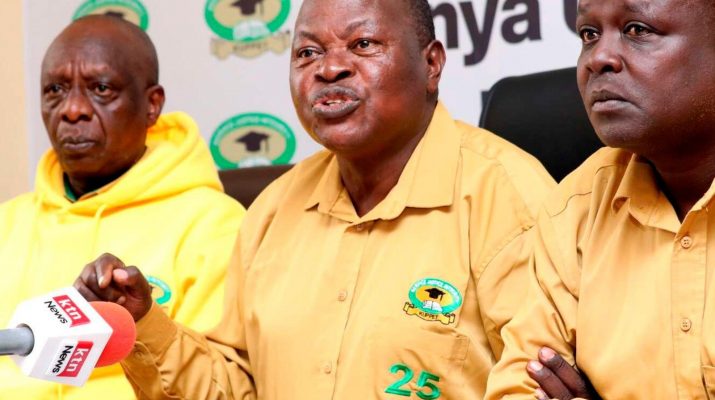By Judith Omondi
The government has cut the hardship allowance for thousands of civil servants across the country, including teachers.
This decision follows a review of regions coined as hardship areas.
The Prime Cabinet Secretary, Musalia Mudavadi, proposed the removal of hardship allowances for some areas, stating that certain regions previously classified as hardship zones have developed significantly, disqualifying them from this designation.
Mudavadi presented this proposal to the National Assembly based on a report from the Inter-Agency Technical Committee.
He noted that the government could save Sh6 billion annually, reducing the financial burden from Sh25 billion to Sh19 billion.
The report, completed in 2019, indicated that some areas previously classified as hardship zones have experienced substantial development since the devolution of government in 2013.
The Salaries and Remuneration Commission will establish the new rates based on the committee’s findings. The revised list of hardship areas has also been submitted to the Chief of Staff and Head of Public Service for gazettal.
The Teachers Service Commission(TSC) listed 44 hardship zones.
The Kenya Union of Post Primary Education Teachers (KUPPET) described the abolition of the hardship allowance as an overreach, citing a lack of consultation and public participation from teachers regarding this policy change.
“The allowances are secured through Legal Notice No. 534 of 1998, No. 196 of 2015 and collective bargaining agreements negotiated with the TSC. A Minister cannot take away a benefit that he did not give in the first place,” KUPPET Secretary General Akelo Misori said in a press conference.
KUPPET has threatened to seek legal redress if the government implements the proposal that their hardship allowance was gained through a Collective Bargaining Agreement(CBA).
The union stated that Mudavadi’s claim was based on an unreleased report from the Inter-Agency Technical Committee under the Ministry of Public Service’s performance and delivery management.
The Union boss Misori demanded the immediate release of the report to subject it to stakeholders’ scrutiny.
Additionally, he urged the National Assembly to consider including areas that have experienced deteriorating conditions, such as Chonyi and Nyaoke South, in the list of hardship areas.

